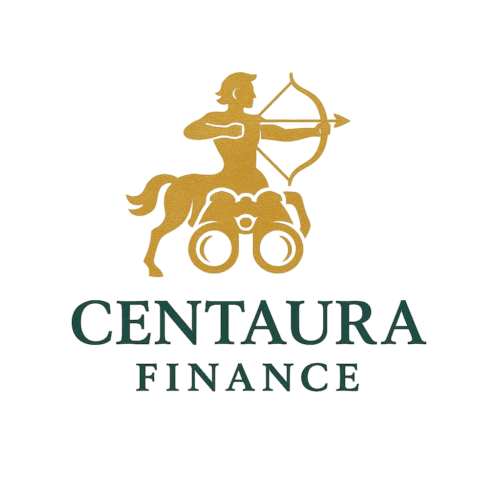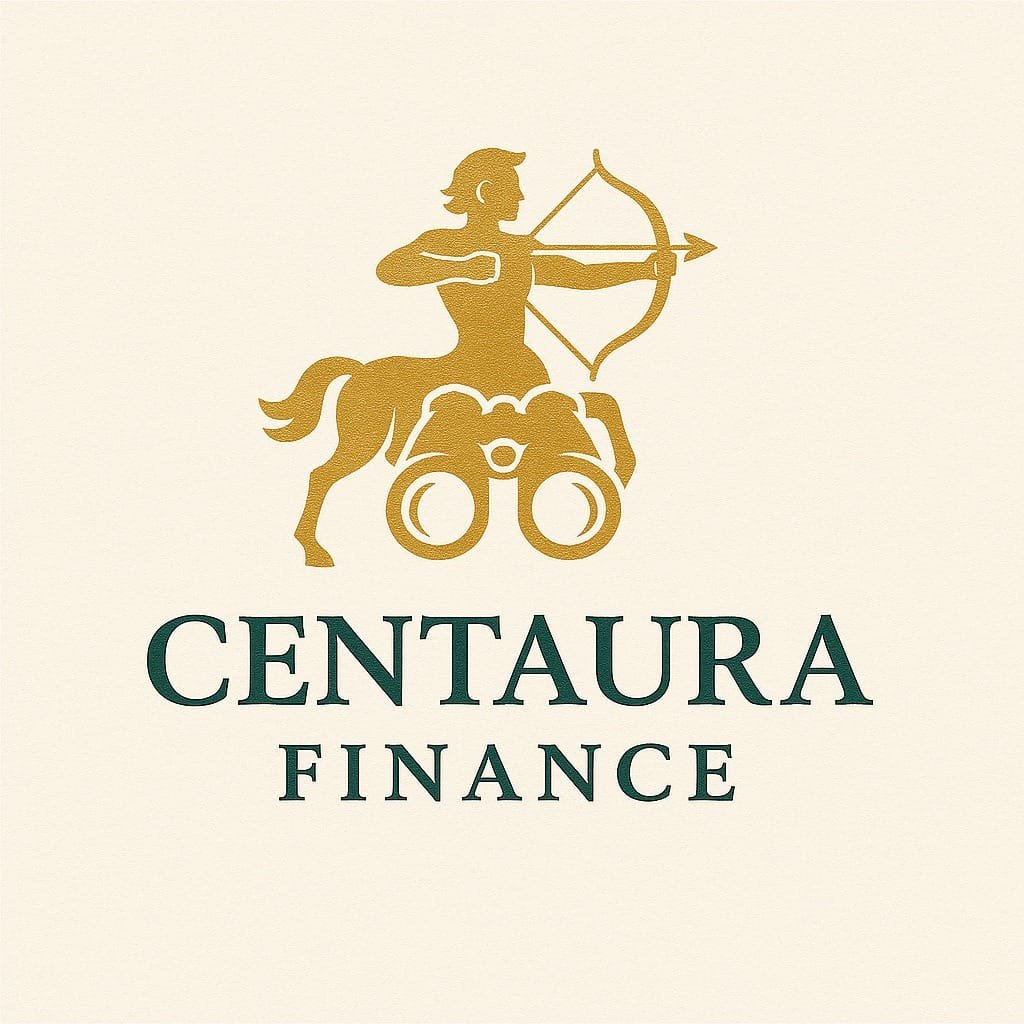Let’s be real: most of us aren’t exactly thrilled when we hear buzzwords like “open banking.” It sounds technical, maybe even a little intimidating. But here’s the truth: the benefits of open banking for customers are much more personal and empowering than you might think.
Imagine being able to manage all your financial accounts, checking, savings, loans, and even investment apps, in one place. Or having your bank automatically help you find better deals, cheaper loans, or personalized savings tips without you lifting a finger. That’s what open banking can do for you.
In this article, we’ll break down what open banking is, explore why open banking matters, and highlight seven surprising ways it can benefit your everyday financial life. Whether you’re managing a tight budget, trying to save more, or looking for smarter ways to handle money, open banking could become your new best friend.
What Does Open Banking Mean for Customers?
In simple terms, open banking allows you to securely share your financial data (with your permission) between banks, apps, and financial platforms through application programming interfaces (APIs).
So, if you use a budgeting app like Mint or YNAB, or a savings app like Digit, and they connect to your bank account, that’s open banking in action.
But it’s more than convenience. It’s about giving you, the customer, more control over your data and better financial options.
Still wondering what open banking means for customers?
It means easier access to services, faster decisions, smarter money tools, and financial empowerment.
1. Total Control Over Your Financial Data
Remember the days when your financial data was locked up with one bank, and moving or sharing that info was a headache? Open banking breaks down those walls.
Now, you can authorize apps or services to access your bank data securely, only when you say so. This means:
You decide who sees your financial information
You can revoke access anytime
You get to use your data to work for you, not just your bank
Why this matters: You gain transparency, flexibility, and freedom to switch providers or use multiple services without starting over.
2. Better Budgeting and Spending Insights
One of the most popular benefits of open banking for customers is how it powers smart budgeting apps. Instead of manually tracking your spending, open banking lets apps automatically pull in your transactions and categorize them.
Apps like:
Mint
PocketGuard
YNAB (You Need A Budget)
Use open banking APIs to give you:
Real-time views of your cash flow
Personalized alerts on spending habits
Suggestions on where to save or cut costs
Personal Experience Tip: Many users say that being able to see all their accounts in one dashboard has changed how they approach money and made saving feel achievable.
3. Easier Loan and Credit Approvals
Let’s face it, getting a loan or mortgage can be a paperwork nightmare. But open banking is revolutionizing how banks assess your creditworthiness.
Instead of waiting days for approvals and submitting endless documents, lenders can (with your permission) instantly access your verified income, spending, and financial behavior.
Benefits include:
Faster approvals
Fairer credit assessments (especially for people with thin or non-traditional credit histories)
More tailored loan offers
For example, if you’re a freelancer or gig worker, traditional credit checks may not reflect your true financial stability. But open banking can paint a fuller picture.
4. Personalized Financial Products and Services
We’re living in the age of personalization, from Netflix recommendations to Spotify playlists. So why should your financial life be generic?
Open banking helps banks and fintech companies understand your unique financial habits and offer:
Custom savings plans
Targeted cashback rewards
Tailored insurance and loan products
It’s like having a digital financial advisor that knows your goals, habits, and what you need next.
This is one of the less obvious but incredibly powerful benefits of open banking, especially for people who are tired of being offered “one-size-fits-all” financial products.
5. More Competitive Rates and Services
You’ve probably stayed with the same bank for years, even when fees went up or interest rates stayed low, because switching felt like a hassle.
Open banking makes switching easier and pushes financial institutions to compete harder for your business. With better access to your financial profile, banks and fintech companies can offer you:
Lower interest rates
Higher-yield savings accounts
Reduced fees
Better rewards programs
Why open banking matters here: It puts the power back in your hands. You become the customer everyone wants to keep happy, and that means better deals for you.
6. Enhanced Security and Fraud Protection
At first glance, sharing data across platforms may seem risky. But open banking is designed with strong security at its core.
Unlike traditional screen-scraping methods that require sharing your login details, open banking uses:
Encrypted APIs
Multi-factor authentication
Strict consent protocols
This system gives you control over who accesses your data, for how long, and for what purpose.
In many cases, it reduces the chance of:
Unauthorized access
Data leaks
Credential theft
What does open banking mean for customers in terms of safety?
It means more control and less risk if used wisely.
7. Supports Financial Inclusion
For millions of people, traditional banking services are hard to access, especially those with low credit scores, no credit history, or unstable income streams.
But open banking is changing that by:
Allowing alternative credit scoring (based on rent, utilities, or transaction history)
Making it easier for unbanked or underbanked individuals to access digital financial services
Helping people build a financial footprint even without credit cards or loans
This is one of the most socially impactful benefits of open banking, especially in communities where financial access has long been unequal.
Comparing Benefits: Customers vs Banks
While this article focuses on the benefits of open banking for customers, it’s worth noting that banks benefit too, by gaining:
New revenue channels through partnerships
Better customer engagement
Improved innovation opportunities
But the real game-changer is that customers now drive the conversation, not just institutions. That shift is what makes open banking so revolutionary.
Meet Sarah
Sarah, a 29-year-old freelance photographer from Austin, used to juggle 4 different bank and payment apps. She struggled to track her income and expenses and often overdrafted her checking account.
Then she discovered a budgeting app powered by open banking. It pulled in her income from PayPal, her bills from her bank, and even tracked subscriptions from her credit card.
Within 3 months:
She stopped overdrafting
Created a savings plan for taxes
Found a better deal on a high-yield savings account, all personalized to her behavior
“It felt like someone finally understood how I manage money. It gave me a sense of control I never had before,” she said.
FAQs
What are the benefits of open banking for customers?
Open banking helps customers manage money better by enabling real-time budgeting, faster credit decisions, personalized financial services, better rates, enhanced security, and increased access to digital tools.
What does open banking mean for customers?
It means customers can securely share their financial data across apps and banks to access smarter, more customized financial services with greater transparency and control.
Why open banking?
Open banking allows customers to take control of their financial data, receive personalized financial tools, access better deals, and enjoy more secure and convenient digital banking.
How does open banking benefit people with no credit history?
Open banking enables alternative credit scoring based on income, rent, or spending patterns, helping unbanked or low-credit individuals access loans and financial services.
Final Thoughts: Is Open Banking Right for You?
Absolutely, especially if you’re someone who wants:
A clearer view of your money
Tools that fit your lifestyle
Freedom to choose better financial options
A safer way to share and use your data
The benefits of open banking for customers are already transforming the way people engage with their finances in the U.S. and around the world.
Whether you’re a digital native or someone just starting to explore financial tools, open banking is designed to make your life easier, more connected, and more empowering.
And in a world where every dollar counts, having smart, data-driven tools in your corner could make all the difference.


